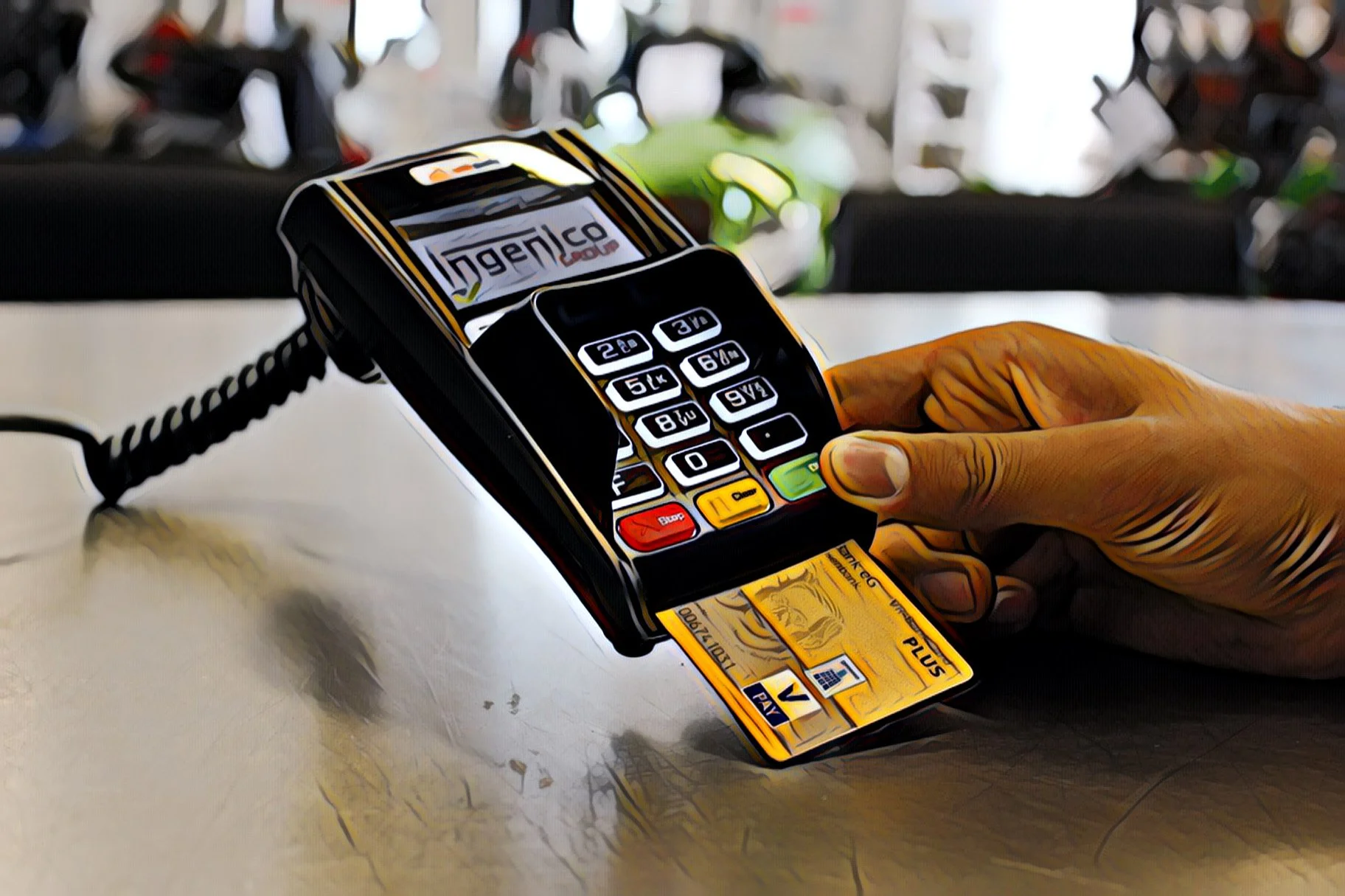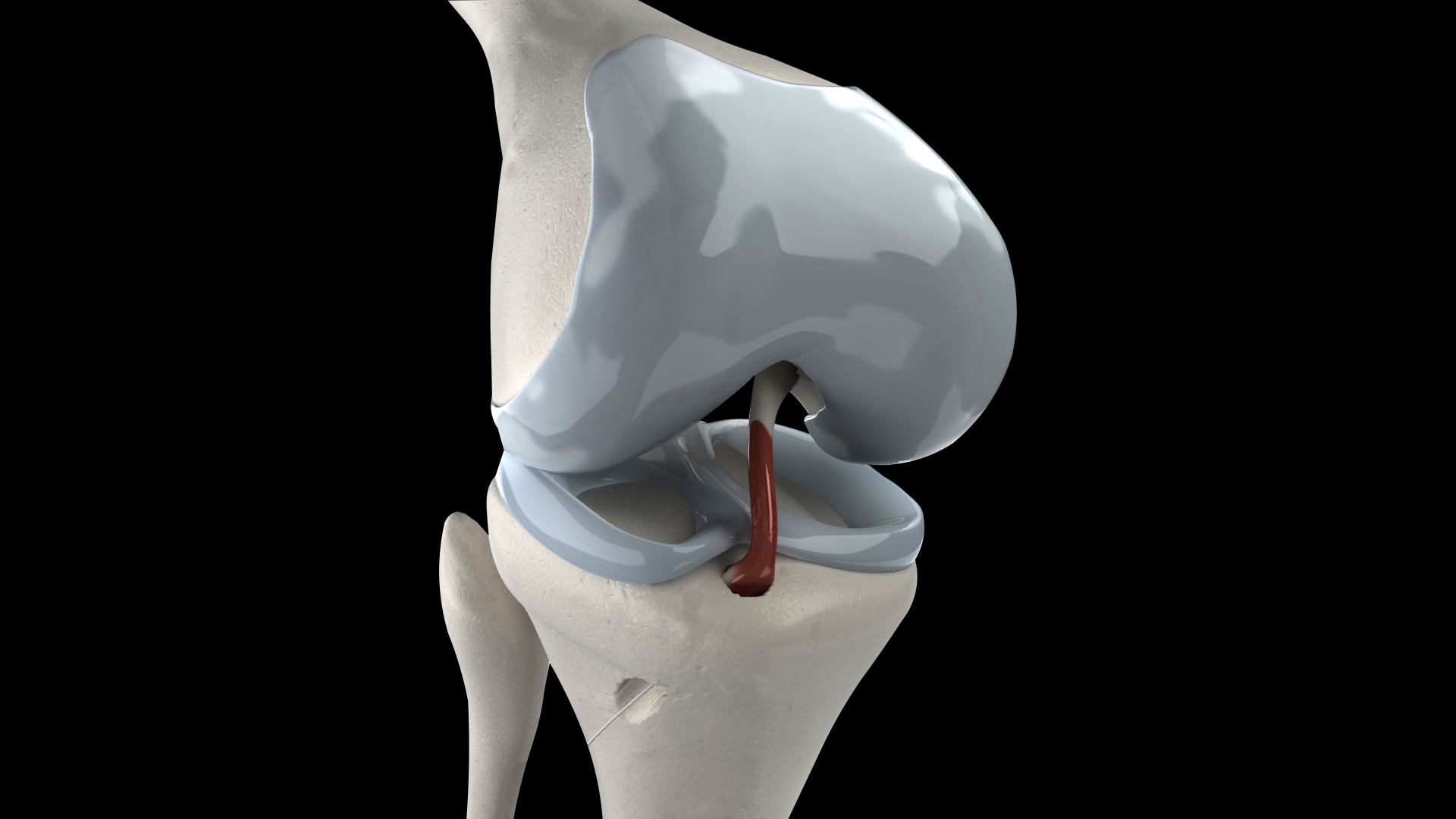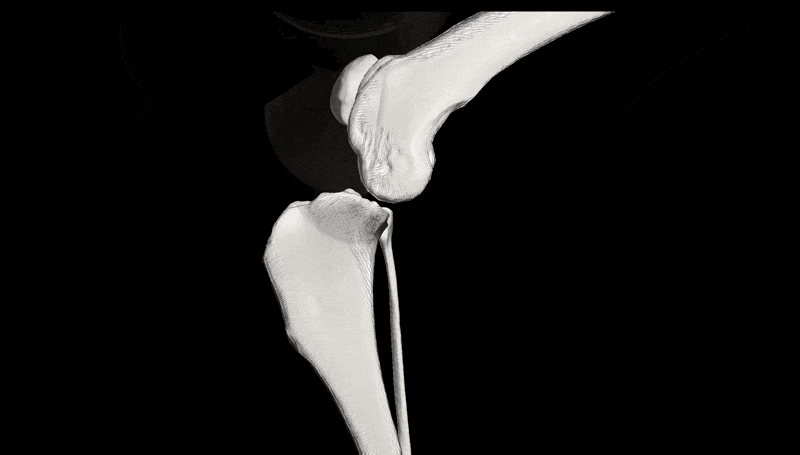
HUMAN ACL RECONSTRUCTION
What should I expect if I tore my ACL? Medical management has a good reputation for human ACL tears, so I might not need an operation. Surgery is reserved for people who are unwilling to quit high-demand sport. In my case, this means I’d want an operation. The procedure I’d get is an internal graft. If I wasn’t covered by health insurance, I’d face significant costs. These include a consultation fee, diagnostic tests, theatre fees, and hospital charges. The average cost of outpatient ACL surgery performed between 2005 and 2013 was $13,403 USD. Adding 2.32% annual inflation gives a present day estimate of $17,365.
VETERINARY CCL SURGERY
A 2014 study reported the average cost of canine CCL (ACL) surgery in Canadian dollars. At the time, they were on par with US dollars. The total average cost (including aftercare) was $3667. Adding 2.32% annual inflation gives a present day estimated cost of $4410. There are several reasons why my own ACL operation costs 3.9x more than my dog's operation. For instance, I'd need an MRI scan, but my dog wouldn't. My local doctor wouldn't perform my ACL surgery, but I might be offered this option for my dog. Training, staffing and resources are very different, and these differences are reflected in the cost.
IS SURGERY GOOD VALUE?
Value means ‘high quality treatment offered at a low or reasonable price’. I’m a board certified specialist surgeon, but I'm not a hospital owner. This means I can show you what specialist care looks like. You, the reader, are free to decide what a ‘low or reasonable price’ looks like.
WATCH TIME: 2 MINUTES
CONTENT: VIDEOS OF ANAESTHESIA
NOTE: THE SURGICAL SITE IS NOT SHOWN
-
Diagnosing canine ACL rupture isn't always easy. Knee instability is often absent, especially in popular breeds like Bulldogs and Boxers. A negative cranial draw test often delays diagnosis. This, in turn, can lead to accumulating costs from medications and physiotherapy. A similar limitation affects x-rays. If changes are subtle, your local team can request interpretation by an independent expert.
-
There are two reasons for a committed attitude. The first is the strong relationship between positive attitude and outcome. A systematic review of human healthcare studies tested this relationship. 15/16 studies showed a positive correlation between optimistic expectations and superior outcome. A word of caution - There’s such a thing as excessive optimism. The association between optimism and a positive outcome only exists if expectations are based in reality. Thus, expecting a dog to be normal 4 weeks after surgery can only result in disappointment.
The second reason to commit is that you won't waste money on ineffective treatments. Misplaced faith in a treatment supported only by testimonials is an effective way to waste money.
-
Some hospitals estimate costs for individual parts of a procedure. Other teams work to fixed-price estimates. It's wise to ensure you understand what's included and what isn't before starting. For instance, your surgical team must incur costs when they take follow up x-rays. These costs aren't always included in the original package.
-
A US survey found that 91% of people consent to legal terms and conditions without reading them. The rate is even higher for people aged 18-34, with 97% agreeing to conditions they don't read. If this statistic includes you, it may be wise to make an exception for pet insurance documents. Although most companies pay for ACL injury treatment, many have exclusions or limitations. Insurance companies are aware of the genetic basis for ACL injury. This means it isn't always classed as an unexpected injury.
-
A 2010 study reported the complication rate for 1000 TPLO's performed by a single surgeon. They found no difference between simultaneous and staged bilateral procedures. Where available, bilateral surgery offers a significant financial and emotional benefit. Most owners find aftercare challenging and prefer to endure it only once.
Simultaneous surgery is only offered by teams who know their personal risk data support this choice.
-
At the time of writing, average aftercare cost is $275, after adjusting for inflation. This fee is only accurate when complications don't occur. Infection is the commonest complication after canine ACL surgery. Average inflation-adjusted cost incurred by owners of dogs suffering TPLO infections is $2020.
The most frustrating causes of surgical site infection are self-trauma and inadequate restriction. Choosing an inflatable collar based on unscientific testimonials means rolling the dice. If you're lucky, your dog won't lick their wound. If so, you'll avoid the emotional and financial costs of a second operation.
Studies show a correlation between construct stability and infection. An expert surgeon can optimise construct stability. Ensuring the construct isn't exposed to excessive force is your responsibility.







